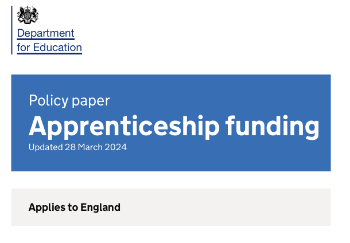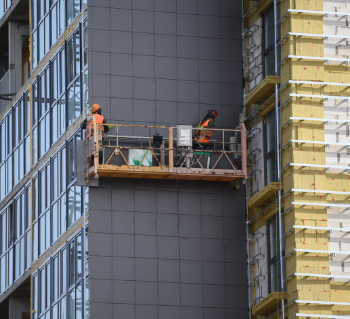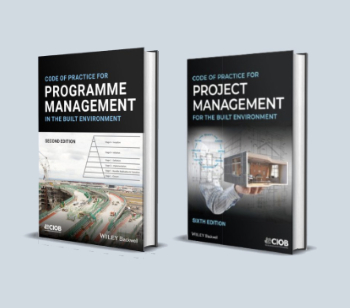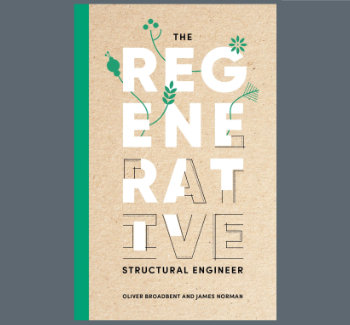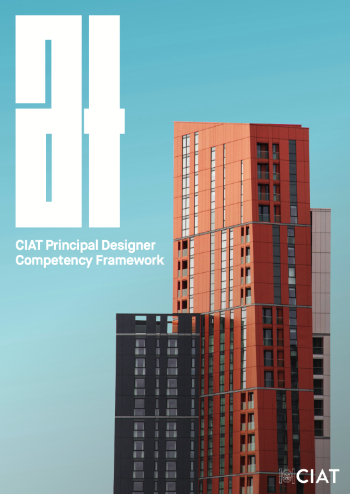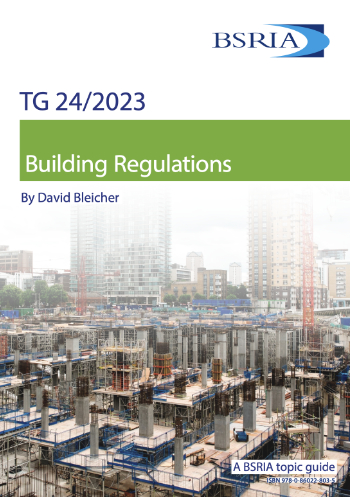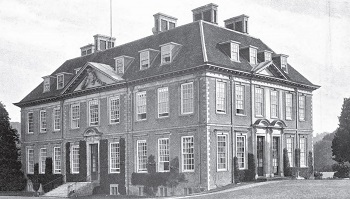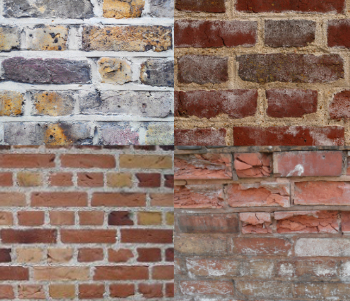Woodworm and spiders
Question (13/6/2013)
Why would someone not reduce the water content of the effected timber resulting in the larvae dying before they create an exit hole? Natural enemies address the symptom but not the underlying problem, namely: timber susceptible to attack.
One of the key issues with furniture beetle control is that the exit hole remain after the insect has gone leading to later mis-diagnosis of activity and potentially needless re-treatments. This proposed 'solution' does not address this at all. There is also no control in this trial- would the furniture beetle have re-infested the cottage or flown away to lay eggs in timber more likely to support larvae? The implication here is that Pholcus have prevented further damage to the building, but there is no evidence of this.
Answer (13/6/2013)
There is no excuse for surveyors being unable to differentiate between historic and active infestation! Active woodworm is always accompanied by the presence of fresh frass (and the occasional dead beetle on a window sill!).
We are hoping that one of our postgraduate students (subject to funding/sponsorship) will extend the trial ...complete with more rigorous controls. The implication of the informal trial is that spider populations are self-regulating and the arrival of fresh "egg laden" woodworm beetles would provoke a welcome response. During the trial, and in most places where furniture beetles occur, emerging adults fly towards the light and meet potential partners. Spiders jostle for window positions (usually occupied by a large mature females) and will feast on the beetles usually before they have mated.
Regarding moisture levels etc. It might be very difficult in older buildings to sufficiently reduce timber moisture to kill woodworm larvae. It could be done in conjunction with Pholcus as these spiders are particularly tolerant of low humidity.
You must sign in or register to edit or comment on an article
Return to Talk:Woodworm and spiders.
Featured articles and news
ECA 2024 Apprentice of the Year Award
Entries open for submission until May 31.
UK gov apprenticeship funding from April 2024
Brief summary the policy paper updated in March.
For the World Autism Awareness Month of April.
70+ experts appointed to public sector fire safety framework
The Fire Safety (FS2) Framework from LHC Procurement.
Project and programme management codes of practice
CIOB publications for built environment professionals.
The ECA Industry Awards 2024 now open !
Recognising the best in the electrotechnical industry.
Sustainable development concepts decade by decade.
The regenerative structural engineer
A call for design that will repair the natural world.
Buildings that mimic the restorative aspects found in nature.
CIAT publishes Principal Designer Competency Framework
For those considering applying for registration as a PD.
BSRIA Building Reg's guidance: The second staircase
An overview focusing on aspects which most affect the building services industry.
Design codes and pattern books
Harmonious proportions and golden sections.
Introducing or next Guest Editor Arun Baybars
Practising architect and design panel review member.
Quick summary by size, shape, test, material, use or bonding..









